Connectivity
Open a new Word document. Save it in your GCSE ICT folder in a folder titled ‘Unit 1’ with the name ‘2 Connectivity ’. Make notes as you work through and read. Feel free to research anything that you do not understand or would like to know more about.
’. Make notes as you work through and read. Feel free to research anything that you do not understand or would like to know more about.
Connectivity is the term given for how devices are linked together. You have probably linked devices together often: your laptop to your home router or your mobile to a speaker. This is connectivity.
Remember: a device is a technical item used for a particular purpose (e.g. printer, mouse, tablet, mobile phone, etc)
Why it is needed

By connecting devices together, it allows us to share resources. By connecting your laptop to your router, you are sharing your home internet connection. By connecting your phone to a speaker, you are making use of the improved sound quality of the speaker. Some devices allow us to control another, larger, device. You may have a wireless mouse that allows you to control your computer. Connectivity allows users to share files, features, devices and access the same thing.
Devices that connect
There are loads of different devices that connect to each other. Some examples are listed below: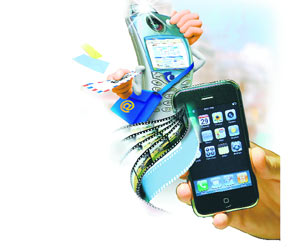
- Computer to printer
- Mouse to computer
- Mobile to headphones
Task
List at least 10 different device connection examples (think about game consoles also).
Methods of connecting
There are many different ways devices can connect to each other, but they tend to come down to 4 different methods: Bluetooth, WiFi, Infrared or wired.
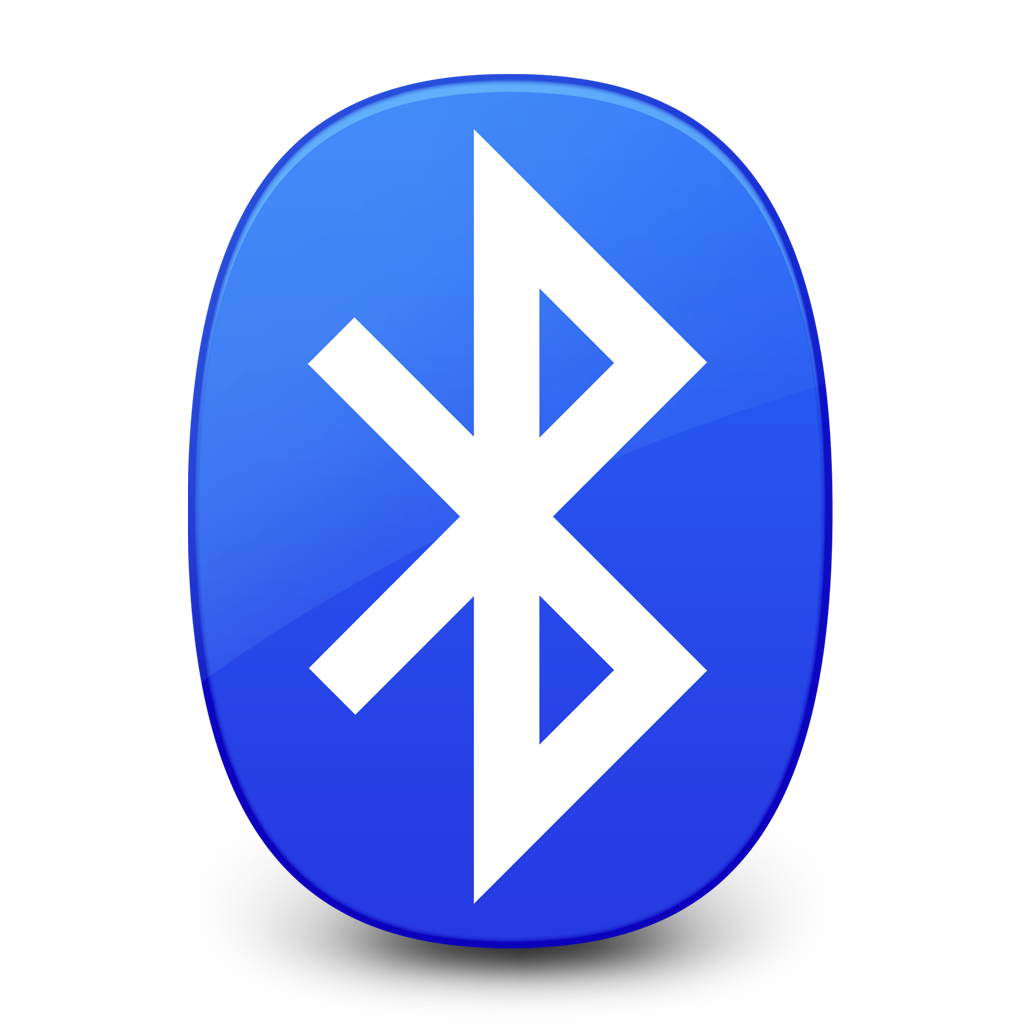
Bluetooth
Bluetooth is a way of exchanging data without wires over a short distance. It uses a special radio frequency to transmit data. If is quite secure and can connect up to 8 devices at the same time. It is low power also, so does not use much electricity.
WiFi
WiFi uses radio waves to connect devices together and can handle large volumes of data. Unlike Bluetooth, WiFi does not work ‘device to device’ but instead needs a special piece of hardware to maintain the WiFi signal. The device, known as a Wireless Access Point, receives the WiFi signals from the connected devices and broadcasts the WiFi signal over an area. If 2 devices, like a computer and a printer, needed to be connected, both will need to be connected to the Wireless Access Point.
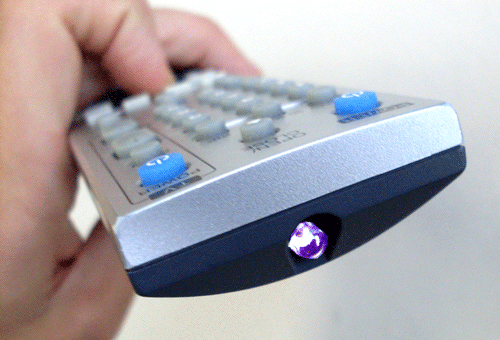 Infrared
Infrared
Infrared uses a beam of light to send data. Very useful if only a small bit of data needs to be send over a small distance. Line of sight is required.
Wired
A wired connection is where simply a wire connects the two devices. The type of wire can vary greatly depending on the devices being connected. Headphones may use a 3mm aux cable, while a computer may connect to a router using an ethernet cable. Cables are reliable as they do not suffer from interference as much.
Task
Create a table like below. Using what you already know and the web, record the uses, advantages and disadvantages of each.

Situations where they are used
For the situations listed below, give the type of connection you think should be used and explain your reason why. The first one I have done for you as an example.
- Connecting an external hard drive to a computer: Wired (USB or Thunderbolt). Because large amounts of data will be moving between the 2 devices and the connection needs to be reliable so no data is lost.
- Connecting a mobile phone to a smartwatch
- Connecting a tablet to your home internet (router)
- Connecting your broadband router to the phone line
- Connecting your remote control to your Sky TV box
- Games console (PS4 or Xbox One) to TV
- Connecting your wireless keyboard to your iMac
- Connecting your computer to your printer
Equipment needed
Bluetooth
Each device will need to be able to send and receive Bluetooth signals. If your device is not able to, your may be able to plug in a Bluetooth dongle that will allow the feature, although this can only really be done with laptops and desktop computers.
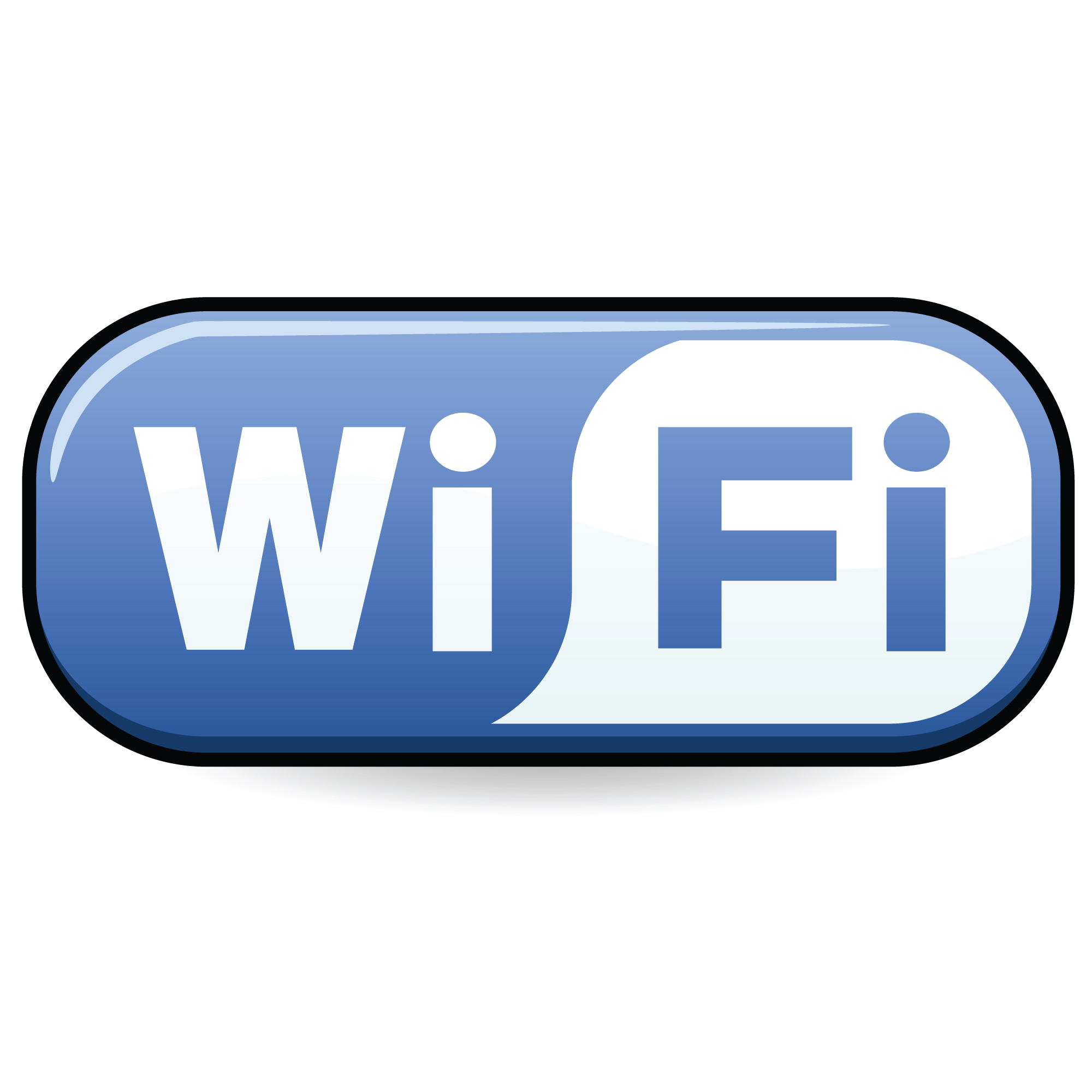 WiFi
WiFi
Devices will need a Wireless Network Card in order to send and receive WiFi signals. Many devices (phones, laptops, tablets) have them built in, while not all desktop computers to. You may need to install one to a desktop computer in order to add the feature (if you want or need it). There also needed to be a Wireless Access Point, such as a broadband router, for the WiFi devices to connect to and manage the network.
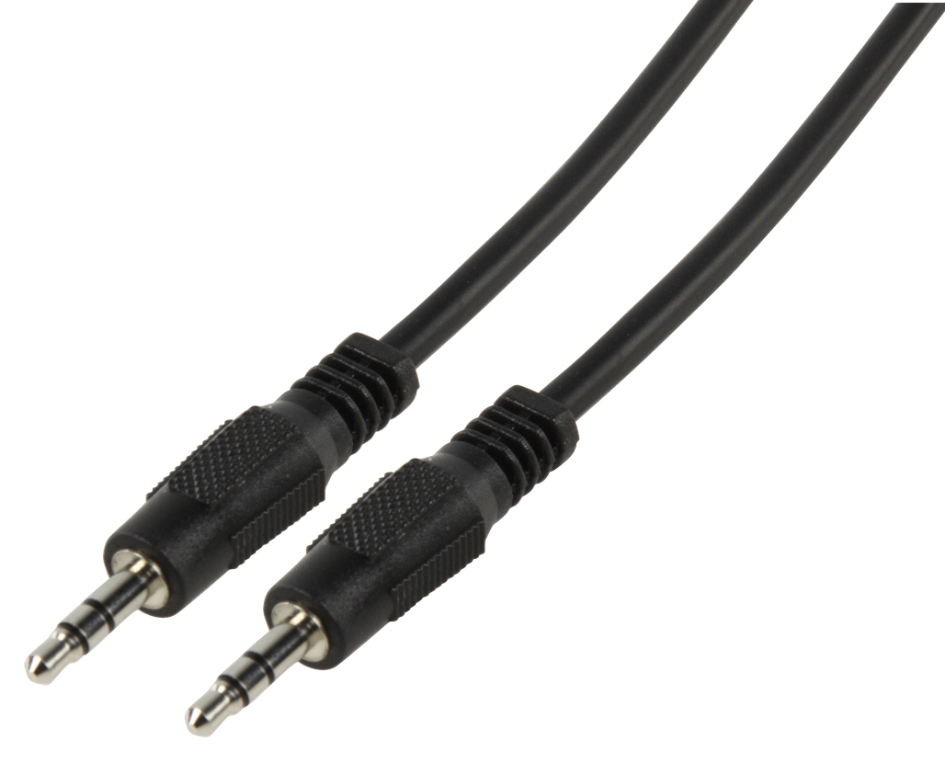 Wired
Wired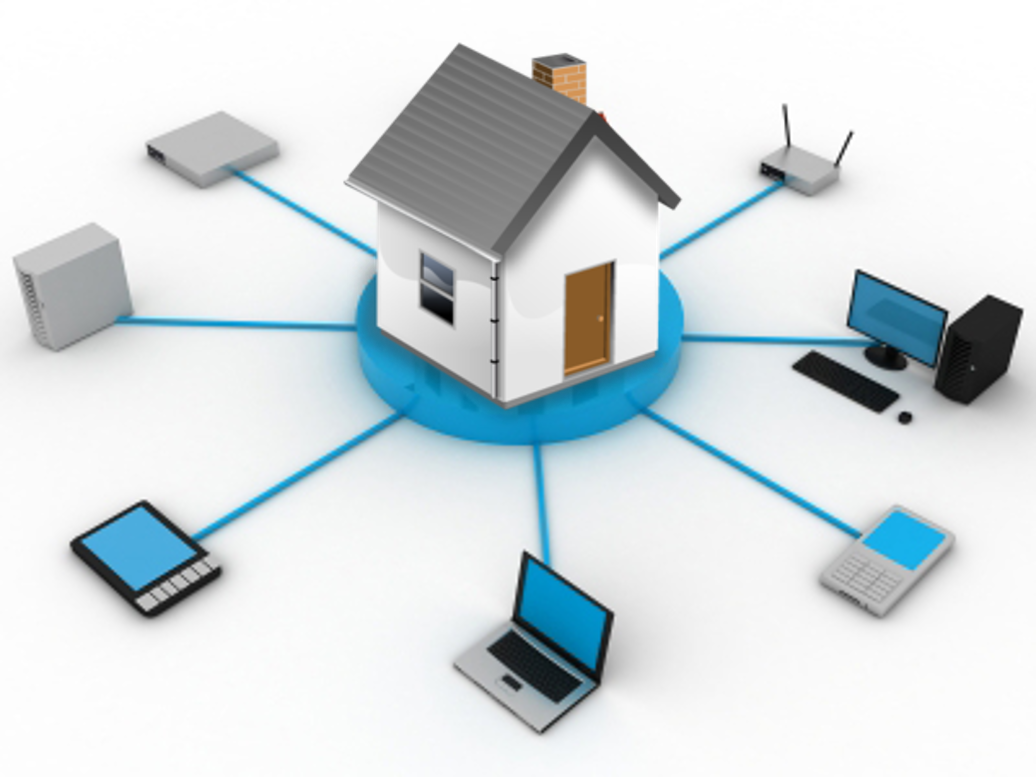 Home networks
Home networks